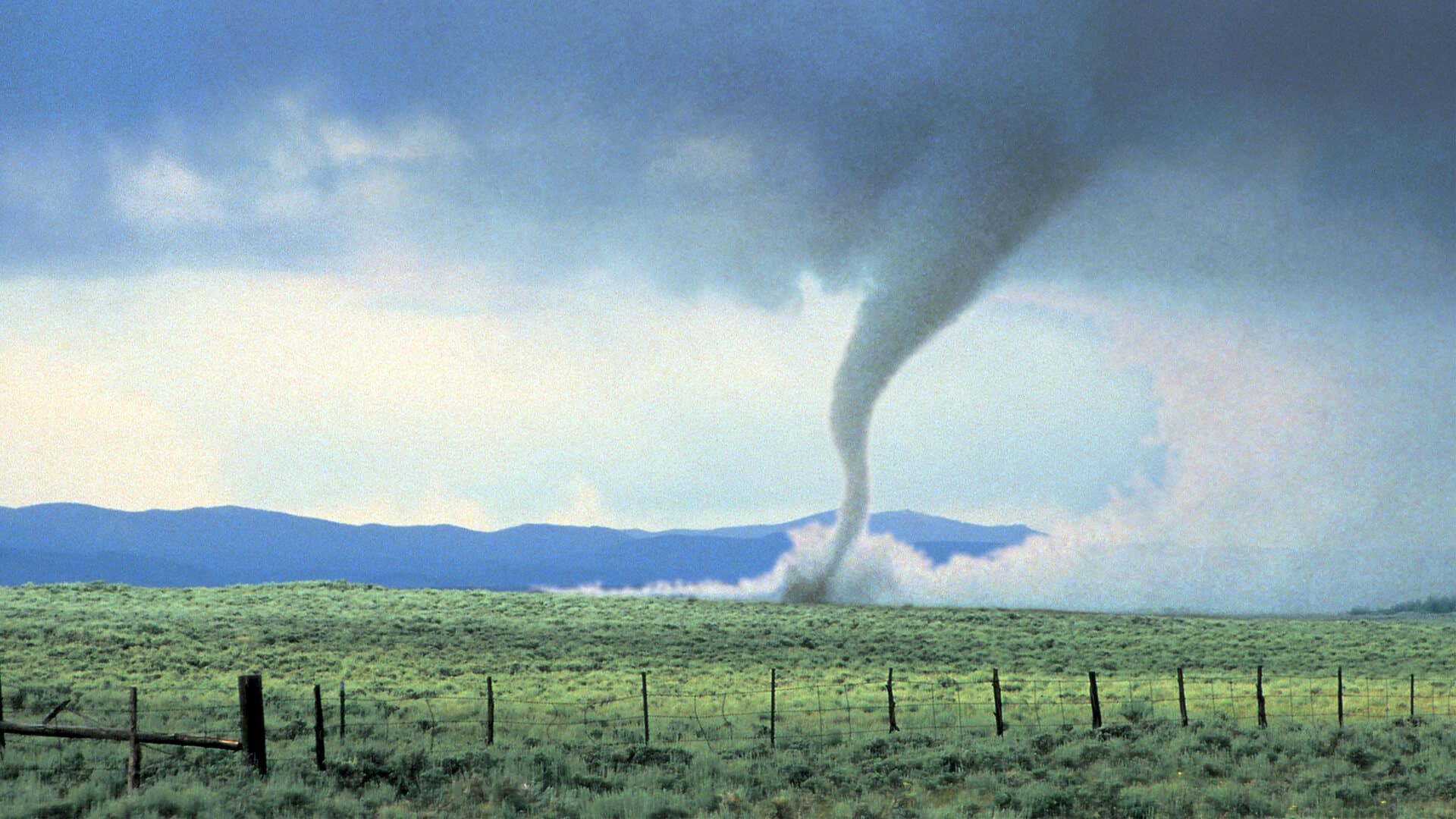As of 20:51 UTC, or 4:51 EDT, we officially hit the 2024 summer solstice, marking the earliest onset of this annual astronomical event since 1796, when George Washington was president. Typically landing on June 21, the solstice’s date can vary slightly due to a complex interplay of Earth’s elliptical orbit, rotational dynamics, and the tilt of its axis.
The summer solstice happens when the Earth’s North Pole is tilted closest to the Sun, resulting in the longest day of the year for the Northern Hemisphere and the shortest for the Southern Hemisphere. This occurrence is part of a broader cycle that includes the winter solstice, when the North Pole is tilted away from the Sun, and the equinoxes, when the tilt of the Earth’s axis is aligned such that day and night are approximately equal across the planet.
The Shift in Solstice Timing
This year’s earlier June 20 solstice isn’t a random calendar quirk, according to the Weather Network. Historically, solstices and equinoxes have shifted over time due to discrepancies between our calendar system and Earth’s astronomical cycles. The Julian calendar, introduced by Julius Caesar, first attempted to sync up with the solar year using incorporating leap years, but it was a bit off.
Fast forward to the Gregorian calendar in the late 16th century, which tweaked the leap year rule, so we could stay more in step with Earth’s celestial dance moves. Now, only years divisible 100 are leap years if they can also be divided by 400. This adjustment helps align our present-day calendar more closely with Earth’s orbits, reducing the shift of equinoxes and solstices over centuries.
Implications of the Early Solstice
The gradual shift in solstice timing is influenced by both Earth’s axial precession—a slow, gyroscopic-like rotation of Earth’s axis that takes about 26,000 years to complete—and the peculiarities of our calendar system. These factors contribute to the nuanced timing of solstices, which can vary by about six hours over a four-year period, and by larger intervals over centuries. due to the leap year rules of the Gregorian calendar.
This year’s early solstice trend will continue until 2096, which is slated to be the earliest of the 21st century. After that, the pattern will reverse due to the non-leap year 2100, adjusting the solstice timing later in the year once more.
A Dynamic Astronomical Calendar
The solstice shift isn’t just a cool fact to drop at parties—it’s a peek into the dynamic and intricately-timed relationship between our planet and the sun. This year’s event reminds us of the ever-evolving dance between Earth’s astronomical journey and and the precision with which we attempt to monitor and understand it. So, enjoy the longest day of the year knowing we’re part of a historical and cosmic saga, still unfolding.











